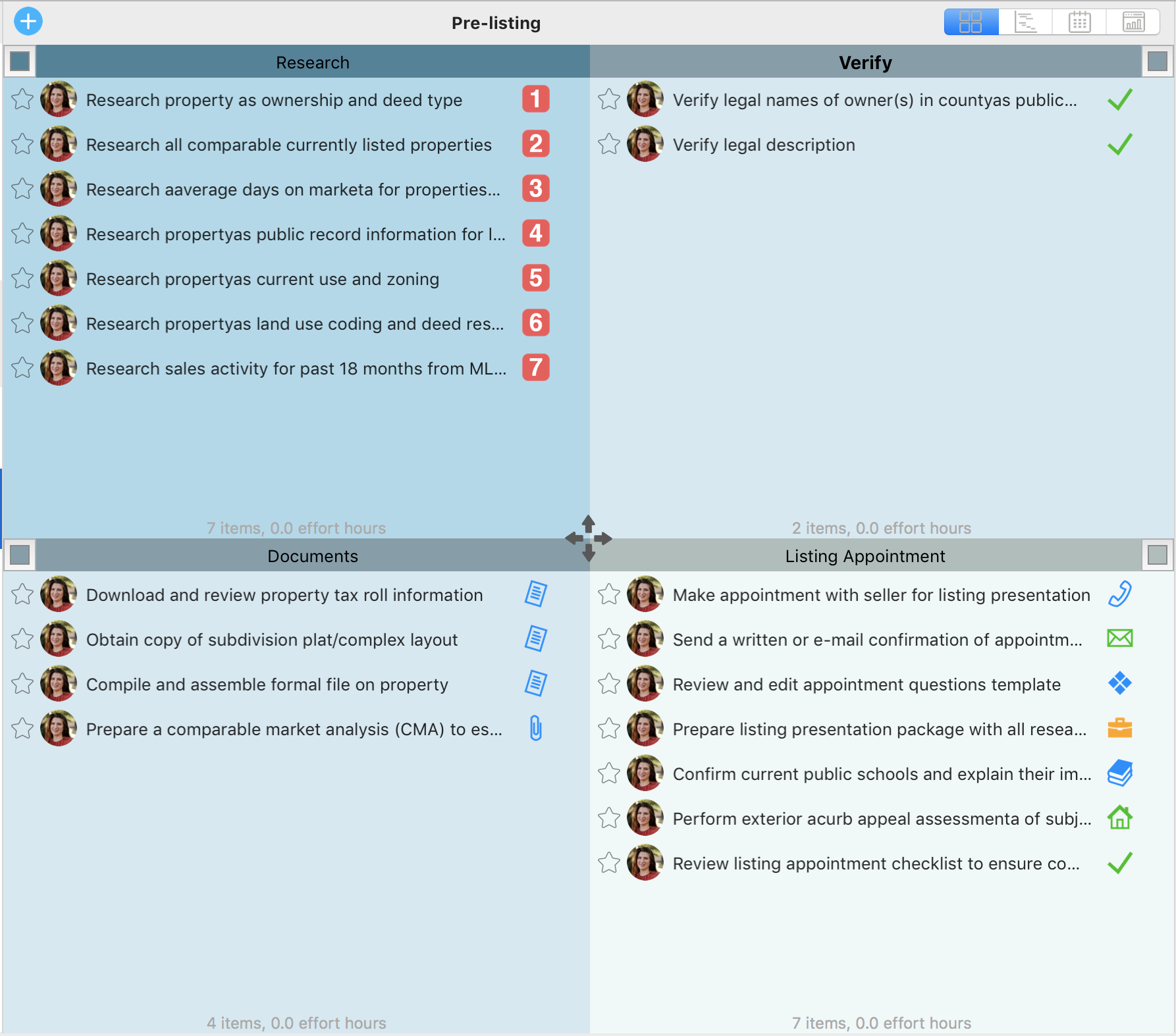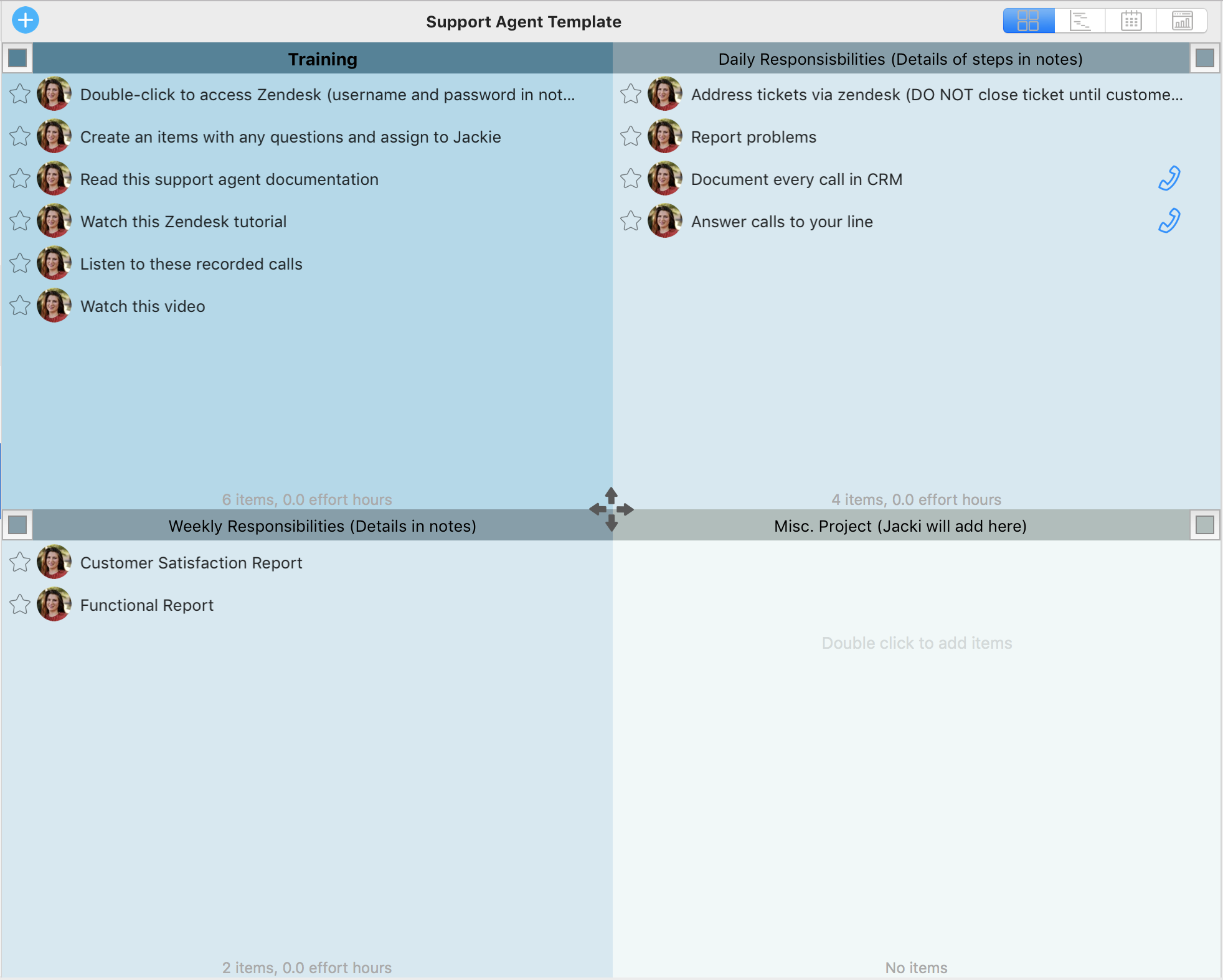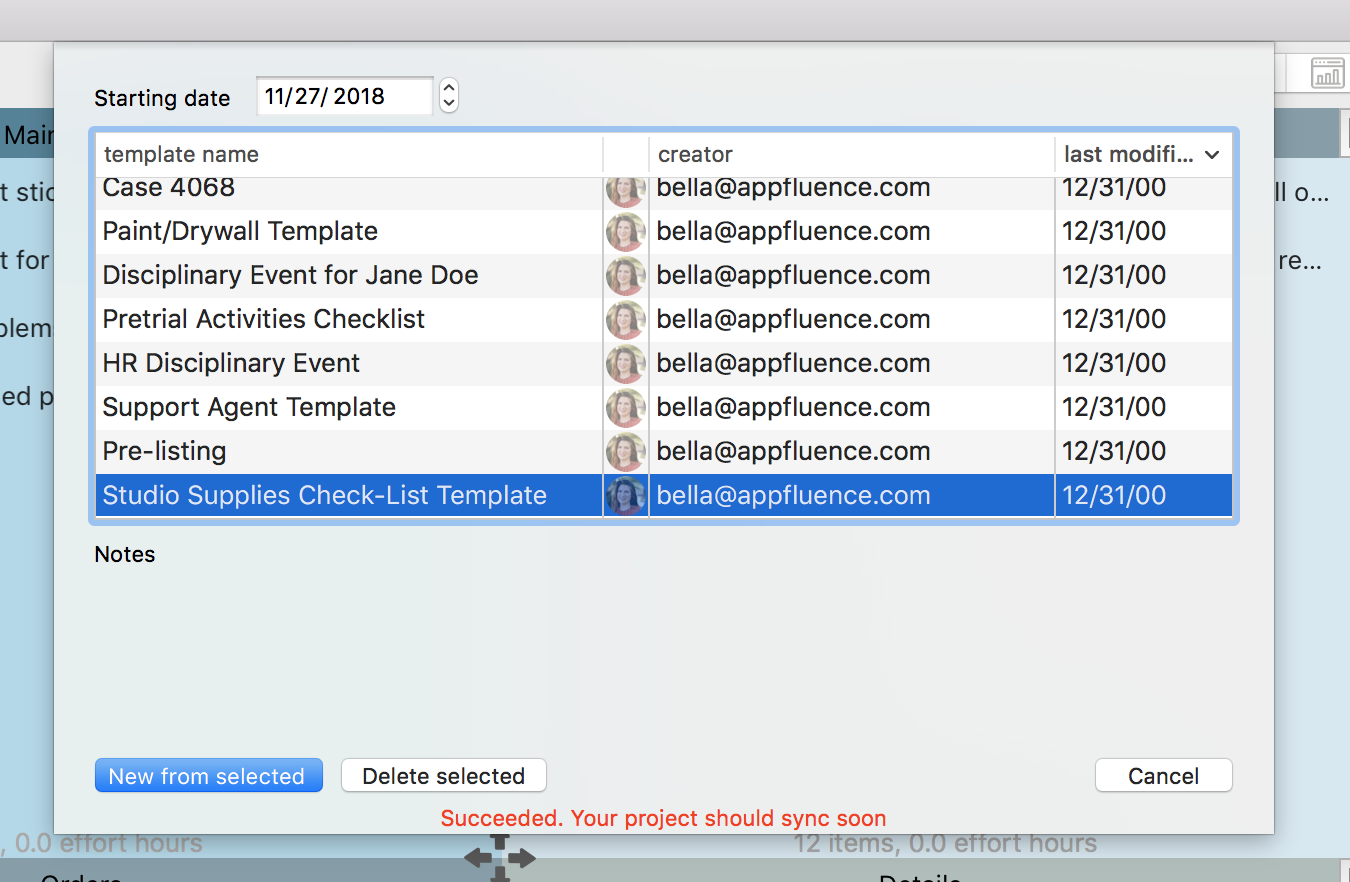Intro
A great part of running a company is managing the processes that occur over and over again. These processes must remain consistent so that the results are achieved each time. Take a safety check for example. Regular checks are necessary for the company to remain safety compliant. However, the goal of compliance is to certify safe conditions throughout the year, not simply before a safety inspection.
A less high pressure situation is a process where supplies are checked and restocked. While it is less important than safety and health checks, maintaining necessary supplies is critical to productivity. Take a workshop as an example. Without careful monitoring of supplies, something could run out. This would be disastrous for productivity and revenue.
Very few people in a company don’t have recurring processes as responsibilities. Lawyers, support agents, and even artists must follow processes regularly. When preparing for a trial, there are countless steps that a lawyer must follow. Similarly, support agents must follow a particular process to resolve customer problems. Even artists must follow certain processes when making pieces. Yes, they have a lot of freedom when it comes to deciding what their art is going to look like. However, they must still follow particular processes when preparing materials.
The processes involved in each role are especially apparent when a new hire joins the company. Training this person involves a lot of direction and them shadowing. What is the purpose of this? For them to learn the processes involved.
Priority Matrix Process Template
Priority Matrix process templates can help managers make sure that the steps in each activity are clearly laid out. This serves two purposes. First, managers can track team members as they go through the process and easily pull up activities from the past. For example, if a manager wants to know what was running low a month ago and who made the supply check, they can pull up the archived checklist project from that time. The second purpose is that new employees learn more quickly with a process template customized to their role. This template can list all responsibilities with helpful, links, files, or notes. Using this project, the new hire can learn faster with fewer mistakes. If they comes across any problems, their managers can answer them in real-time without needing to be present in person.
When processes and roles throughout a company are saved as process templates, employees can spend less time writing notes and checklists and more time getting things done. Similarly, managers have a better sense of how everything is working. To see how, check out these examples of process templates:
Process Templates for Routine Checks
You can create a project for anything that needs to be checked regularly. For example, this project walks an employee through a supplies check. Not only is everything listed out. In addition, it is very clear how well every supply should be stocked. For example, if there are already two unopened packages of transfer paper, then this items can be checked off. However, any supplies that have less than the desired number of opened packages will be left incomplete so that whoever is in charge restocking will know what to buy.
Process Templates With Precise Steps
The process template above is for all the activities that must be completed before a real-estate agent lists a property on the market. After completing many of these steps, realtors are left with info that they need to store for later. They can simply attach files to the relevant item or paste text into the notes section. Even after they complete the step, they can find this data by filtering their view to look at finished tasks.
Process Templates for New Hires
The process template above lists all the responsibilities for the role of support agent. Additional resources on each step can be found in the item details. In this situation, managers would create a new project from a process template and then invite the new employee to collaborate with them here. The first quadrant has training and ramp up steps, like videos to watch ordocuments to read, while other quadrants outline specifics around daily responsibilities.
How to Create a Process Template
To create a process template all you need to do is follow four steps. You can make any Priority Matrix project a process template so start by building the process in a new project. Then:
1) Right click on the project and select ‘save’ then ‘save as template’:
2) Name the template and select ‘save’:
3) When you want to create a project from the process template. Simply click the plus sign and select ‘new project from template’:
4) Then select the template from your list and click ‘instantiate’:
Process Templates with Automatic Due dates
If the process you wish to save is on a particular timeline, you can save the increments of time as well. Simply save the project as a template. Simply add due dates to each item as if the process you are saving starts today. The Priority Matrix template will save the time between start date of the project and the due date of the item.
Conclusion
Process templates can help you make sure that all the activities throughout the company follow the right steps at the right time. Create process templates one by one until all projects have a corresponding process template.






